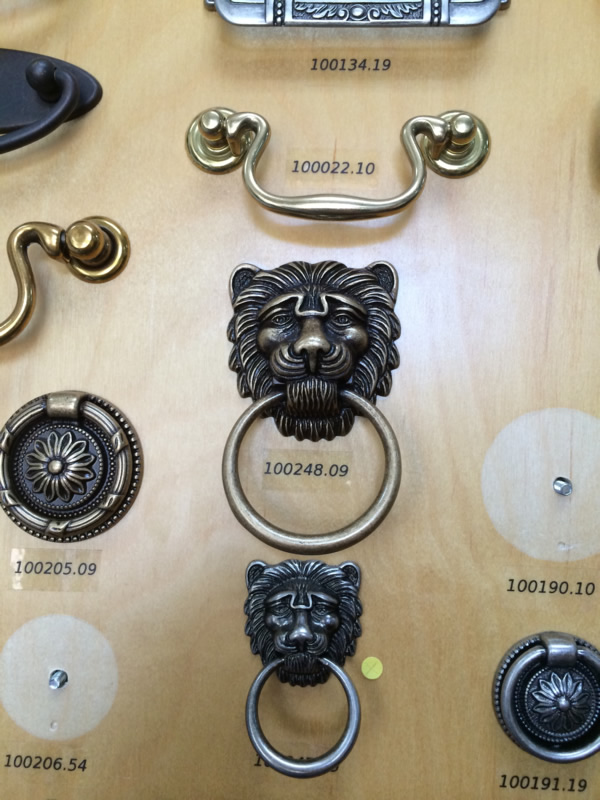When it comes to enhancing your outdoor spaces, few elements can rival the beauty and charm of cobblestone court decorative options. The textured surfaces and classic appeal of cobblestones can transform any garden, walkway, or patio into a breathtaking area that feels both inviting and luxurious. In this article, we’ll explore everything you need to know about cobblestone court decorative, from styles and installation to maintenance and personal experiences.
What is Cobblestone Court Decorative?
Cobblestone court decorative refers to the use of cobblestones in various landscaping and hardscaping projects. Historically, cobblestones were used for streets and pathways, but today they make a stunning addition to residential and commercial landscapes alike.
History of Cobblestones
The use of cobblestones dates back centuries. Originally used by the Romans for roads, these stones provided durability and aesthetic appeal. Over time, their use spread across Europe and eventually into the United States, where they became popular in charming towns and villages.
Reasons to Choose Cobblestone Court Decorative
More than just aesthetic appeal, there are several compelling reasons to incorporate cobblestone into your outdoor design.
1. Aesthetic Appeal
Cobblestones come in various shapes, sizes, and colors, allowing for unique patterns and designs that suit your personal taste. Whether you prefer a rustic look or a more polished appearance, cobblestones can easily adapt to your preferred style.
2. Durability and Longevity
One of the most significant advantages of cobblestone court decorative is its durability. Cobblestones can withstand heavy foot traffic and adverse weather conditions, making them a long-lasting choice for outdoor spaces.

3. Eco-Friendly Option
As a natural material, cobblestones are an environmentally friendly choice. They help with water drainage and reduce urban heat, making them a sustainable option for landscaping.
4. Versatility
Cobblestone can be used in various settings, from driveways and walkways to patios and garden paths. Its versatility ensures that it can meet different functional and aesthetic needs.

Types of Cobblestone Court Decorative
Not all cobblestones are created equal. Understanding the different types available can help you choose the right one for your project.
1. Natural Cobblestones
These are stones that have been naturally smoothed by water and time. They come in various colors and shapes, offering a rustic, organic look.

2. Cut Cobblestones
Cut cobblestones are precisely shaped and come in a variety of colors. They offer a more uniform appearance, making them suitable for modern designs.
3. Reclaimed Cobblestones
Reclaimed stones bring a sense of history and character to your outdoor space. They are environmentally friendly and often come from older streets or buildings.

Installation Guide for Cobblestone Court Decorative
While the beauty of cobblestones is undeniable, proper installation is crucial for longevity and stability. Here’s a step-by-step guide:
Step 1: Planning Your Design
Before installation, sketch out the area where you plan to place the cobblestones, considering factors like layout and pattern.

Step 2: Preparing the Base
Clear the area of any grass, weeds, or debris. Level the ground and create a solid base using gravel or crushed stone to facilitate drainage.
Step 3: Laying the Cobblestones
Start laying the cobblestones from one corner and work your way outward, ensuring they are tightly fitted together. Use a rubber mallet to tap them into place.

Step 4: Filling Gaps
Once all cobblestones are laid, fill the gaps with sand or gravel to lock them in place. Sweep the excess away to maintain a clean look.
Step 5: Sealing (Optional)
For added protection, consider sealing your cobblestone surface. This can enhance color and protect against stains.

Maintenance Tips for Cobblestone Court Decorative
Maintaining your cobblestone paths and patios is crucial for preserving their beauty and longevity.
Regular Cleaning
Use a broom or pressure washer to remove dirt, debris, and weeds that may accumulate over time.
Repairing Damage
Check for any loose or damaged cobblestones regularly. Replace or re-secure them as needed to prevent further damage.
Sealing for Protection
If you’ve sealed your cobblestones, consider reapplying sealant every few years to maintain their appearance.
Cost Comparison of Cobblestone Types
| Type of Cobblestone | Average Cost per Square Foot | Durability | Aesthetic Appeal |
|---|---|---|---|
| Natural Cobblestones | $4 – $10 | High | Rustic |
| Cut Cobblestones | $6 – $12 | Very High | Modern |
| Reclaimed Cobblestones | $5 – $15 | High | Historic |
Pros and Cons of Cobblestone Court Decorative
Pros
- Timeless aesthetic that enhances property value
- Durable and able to withstand harsh weather
- Eco-friendly and sustainable material
- Wide range of design options
Cons
- Initial installation can be labor-intensive
- May require occasional maintenance and repair
- Can be slippery when wet
Personal Experience: My Journey with Cobblestone Court Decorative
When I first decided to renovate my backyard, I wanted something that would both beautify the space and stand the test of time. After researching various options, I settled on cobblestone. The installation process was a labor of love; I spent hours laying the stones, carefully arranging them into a beautiful pattern. The moment I saw the finished product, I knew I had made the right choice.
Over the years, my cobblestones have proven to be incredibly durable, surviving everything from heavy rain to family gatherings. They not only add charm but have also turned my backyard into a favorite gathering spot for friends and family!
FAQs About Cobblestone Court Decorative
Q1: How do I choose the right type of cobblestone?
Consider your design preferences, budget, and the area’s traffic. Natural cobblestones are great for rustic looks, while cut stones suit modern aesthetics.
Q2: Can I install cobblestone myself?
Yes, with the right tools and some DIY spirit, you can install cobblestones yourself. However, be prepared for a time-consuming process.
Q3: Are cobblestones slippery when wet?
Some cobblestones can be slippery, particularly when polished. Consider texture and finish when selecting the stones for areas prone to water exposure.
Q4: What are the best maintenance practices for cobblestone?
Regularly clean your cobblestones and check for loose stones. Re-sealing every few years will also help them maintain their appearance and durability.
Q5: How do I repair damaged cobblestones?
For loose cobblestones, remove them, re-compact the base, and replace them. For cracked stones, you may need to replace them entirely.
Conclusion
Cobblestone court decorative offers a unique blend of beauty, durability, and sustainability for your outdoor spaces. Whether you’re looking to enhance your garden, create a stunning patio, or add charm to a walkway, cobblestones can be the perfect choice. With proper planning, installation, and maintenance, your cobblestone features can be a focal point that not only elevates your landscape but also stands the test of time.
So, if you’re considering a landscaping project, take the leap into the world of cobblestone. I can assure you, the results will be more than worth it!